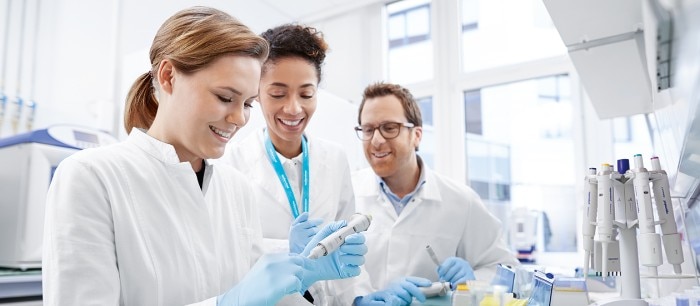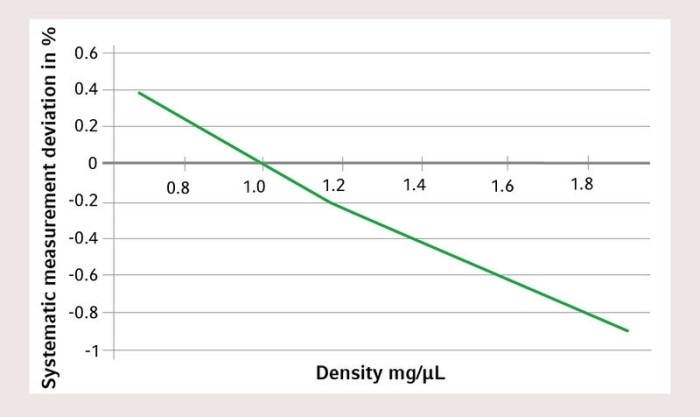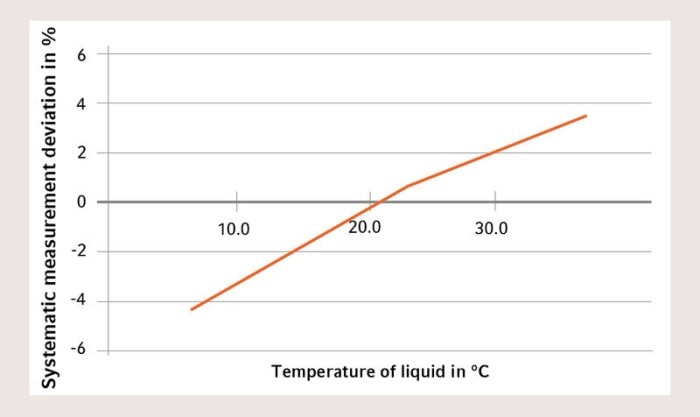菜单
CN | CNY
CN | CNY

Influence of Physical Parameters on the Dispensed Volume of Air-Cushion Pipette
探索生命科学
- 维护与校准
- 移液技巧
- 文章
- 令人鼓舞的科学技术
The surrounding in the laboratory e.g., humidity, altitude and temperature, as well as the liquid properties of a sample itself like viscosity, volatility or density have a tremendous influence on the pipetting result. Each factor influences the pipetting volume and with this the experimental result in a different way. So a liquid temperature other than 22 °C already leads to less or excessive volume delivery. Or a dense liquid like phosphoric acid leads to constant insufficient liquid volume. All factors have to be considered during daily pipetting tasks and especially during calibration of a pipette. So consider our recommendations to improve your daily pipetting work.
Impact on the systematic accuracy of a pipette with liquid densities deviating from the density of water. When using dense liquids the pipette needs to be adjusted for proper volume delivery.
显示更少

Liquid temperatures other than 22 °C lead to systematic measurement deviations if forward pipetting technique is performed. Therefore another pipetting technique like reverse pipetting or a different pipette type like a direct replacement system should be considered.
显示更少

Pipettes are calibrated to an altitude of 0 m sea level. Different altitudes lead to higher systematic errors and can only be beaten by a permanent adjustment of the pipette.
显示更少

If you want to read more about the influence of physical parameters on the dispensed volume of air-cushion pipette, please download our Userguide!
显示更少

